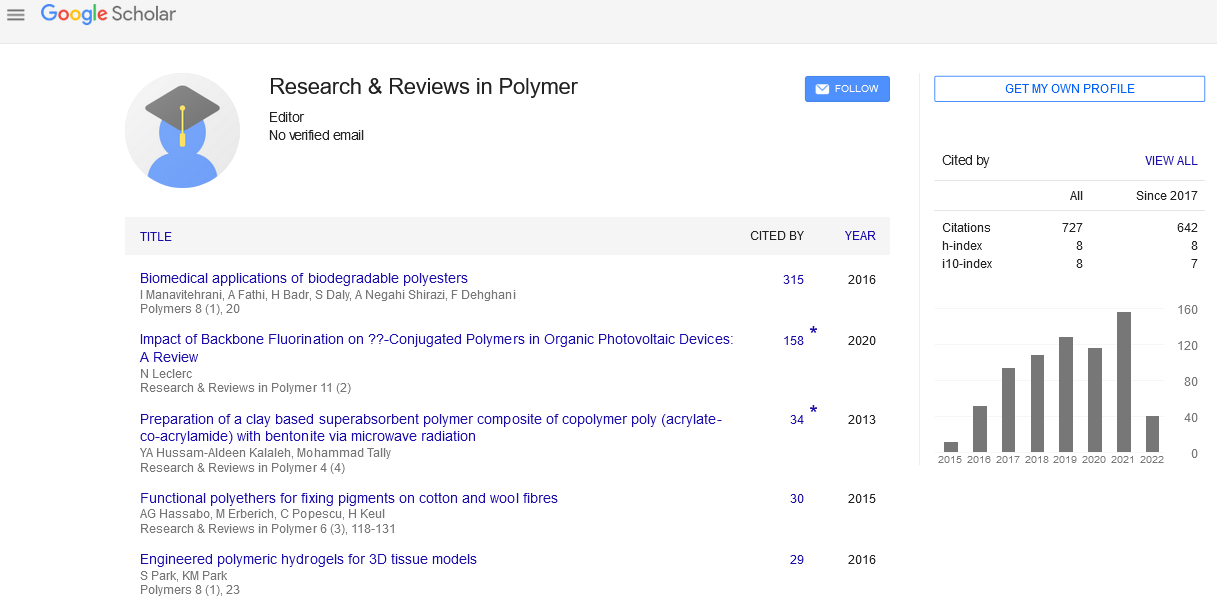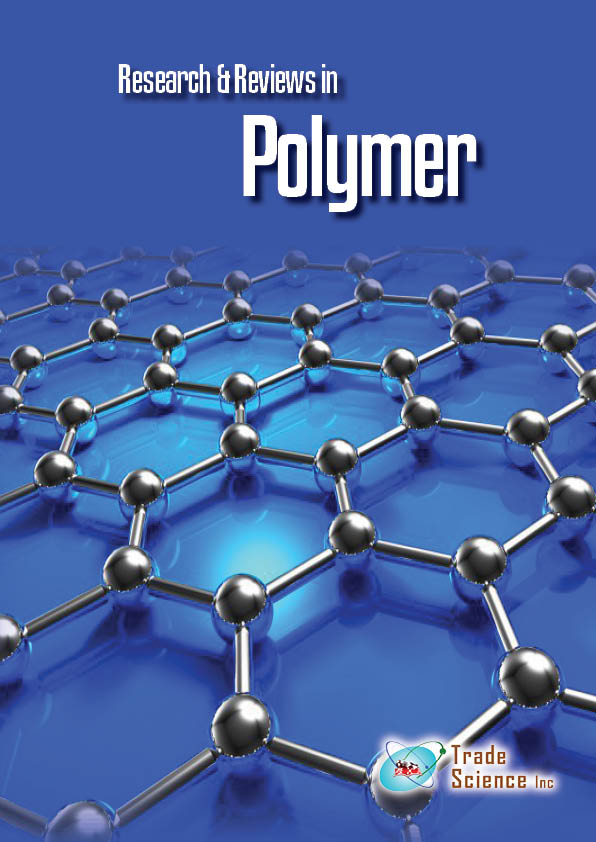Abstract
Physical properties and applications of CdS polymer based nanoparticles
Author(s): M.C.RaoThe study of semiconductor nanoparticles has been an interesting field of research for more than two decades. This is because it gives an opportunity to understand the physical properties in lowdimensions and to explore their vast potential for applications, e.g. in optoelectronics. The latter is particularly based on the large variations of the band gap as a function of particle size, which is a consequence of quantum confinement. Moreover, small nanoparticles allow the study of relevant surface properties due to the high surface to bulk ratio. In semiconductor nanoparticles, strong confinement effects appear when the size of the nanoparticles is comparable to the Bohr radius of the exciton in the bulk material. The active physical and chemical properties of the nanocrystallites make it very important to improve their stability, which has intensive relations with the surface states and environments. Especially, considerable interests have been focused on the organic/ inorganic hybrid composite, in which semiconductor nanocrystallites are encapsulated in the organic phase. CdS is an important inorganic semiconductor compound owing to its unique photoelectric properties. The confinement effect is observed for CdS particles when the particle sizes are equal to or less than 50 Å. Bulk CdS is widely used as a commercial photo detector in the visible spectrum. It is also used as a promising material for buffer layers in thin film solar cells. The optical properties of CdS nanoparticles have been extensively studied in recent years as this material exhibits pronounced quantum size effects. A lot of work has been done on the preparation of these nanoparticles and a wet chemical synthesis has come up as a promising technique because of the ability to produce various sizes and large quantities of the nanoparticles.

